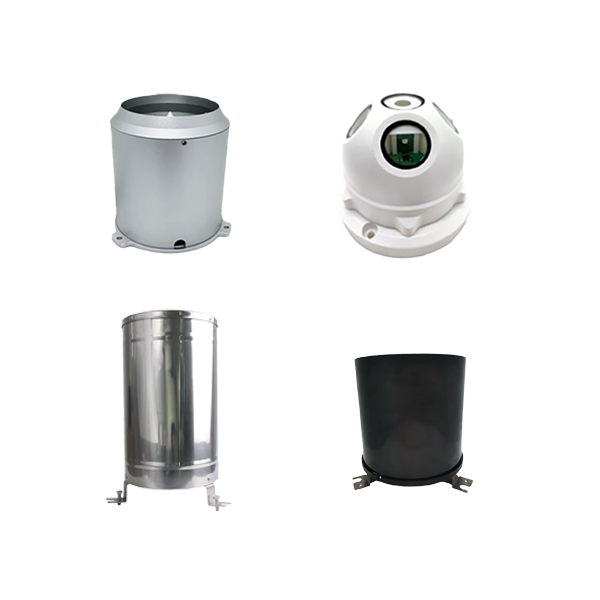April 2, 2025 — As the Northern Hemisphere ushers in spring and the Southern Hemisphere transitions into autumn, countries across the globe are ramping up their rainfall monitoring efforts to address the challenges posed by seasonal climate events. Below is an overview of nations currently engaged in intensive rainfall monitoring and their primary applications.
1. Northern Hemisphere Spring Rainfall and Snowmelt Regions
United States (Midwest and Southeastern Regions)
As spring brings severe convective weather, including the notorious tornado alley, the U.S. is focusing on flood warnings due to heavy rainfall.
- Key Application: Monitoring water levels in the Mississippi River Basin.
- Technology Used: Radar network coupled with real-time data from ground-based rain gauges.
China (Southern Regions and Yangtze River Basin)
With April marking the onset of the “pre-flood season,” regions such as Guangdong and Fujian are preparing for short, intense rainfalls that can lead to urban flooding.
- Key Application: Urban flooding prevention in cities.
- Technology Used: Dual-polarization radar combined with BeiDou satellite transmission for rain data.
Japan
The late cherry blossom season often coincides with rain, known as “na no hana biei,” affecting transportation and agriculture.
- Key Application: Monitoring heavy rains that disrupt daily life and agriculture.
2. Southern Hemisphere Autumn Tropical Cyclone and Drought Transition
Australia (East Coast)
Residual impacts from autumn tropical cyclones can bring heavy rainfall, particularly in Queensland, while southern regions prepare for their dry season, necessitating careful balance in reservoir storage.
- Key Application: Managing water storage in response to shifting rainfall patterns.
Brazil (Southeastern Region)
As the rainy season begins to wane, with residual rains expected in April, São Paulo and surrounding cities are under scrutiny for potential flooding while simultaneously preparing for the dry season.
- Key Application: Flood risk monitoring as well as water supply preparations for the drought.
South Africa
With a decrease in autumn rainfall, cities like Cape Town must evaluate their water storage needs ahead of winter.
- Key Application: Assessing winter reservoir requirements amid lower rainfall.
3. Equatorial Rainy Season Monitoring
Southeast Asia (Indonesia, Malaysia)
The equatorial rainy season is in full swing, necessitating monitoring for landslide risks in areas such as Sumatra and Borneo, particularly during heavy rains leading to flooding in Jakarta.
- Key Application: Landslide and flooding risk assessment.
Colombia
In the Andean region, increased spring rainfall is affecting coffee-growing areas and harvests.
- Key Application: Monitoring rainfall patterns that directly impact agricultural production.
4. Rare Rainfall Monitoring in Arid Regions
Middle East (UAE, Saudi Arabia)
In the spring, occasional heavy rains can lead to significant urban flooding, as seen in Dubai’s April 2024 disaster, placing immense pressure on drainage systems.
- Key Application: Urban flood management during rare heavy rainfall events.
Sahel Region (Niger, Chad)
As the rainy season approaches in May, accurate rainfall predictions are vital for the livelihoods of farmers and pastoralists in these arid regions.
- Key Application: Pre-season rainfall forecasting to support agricultural planning.
Technological Solutions for Rainfall Monitoring
To support these rainfall monitoring efforts, various technological solutions are being utilized. A complete set of servers and software wireless modules is available, which supports communication through RS485, GPRS, 4G, Wi-Fi, LoRa, and LoRaWAN. These technologies enhance data collection and enable real-time monitoring of rainfall events.
For more information regarding rain gauge sensors and our technological solutions, please contact Honde Technology Co., Ltd. at info@hondetech.com or visit our website at www.hondetechco.com.
Conclusion
As climate change continues to impact weather patterns globally, robust rainfall monitoring is critical for mitigating risks associated with floods, droughts, and other climate-related challenges. By employing advanced technologies and fostering international collaboration, nations are better positioned to navigate the complexities of seasonal weather events, ensuring safety and sustainability for their populations.
Post time: Apr-02-2025


